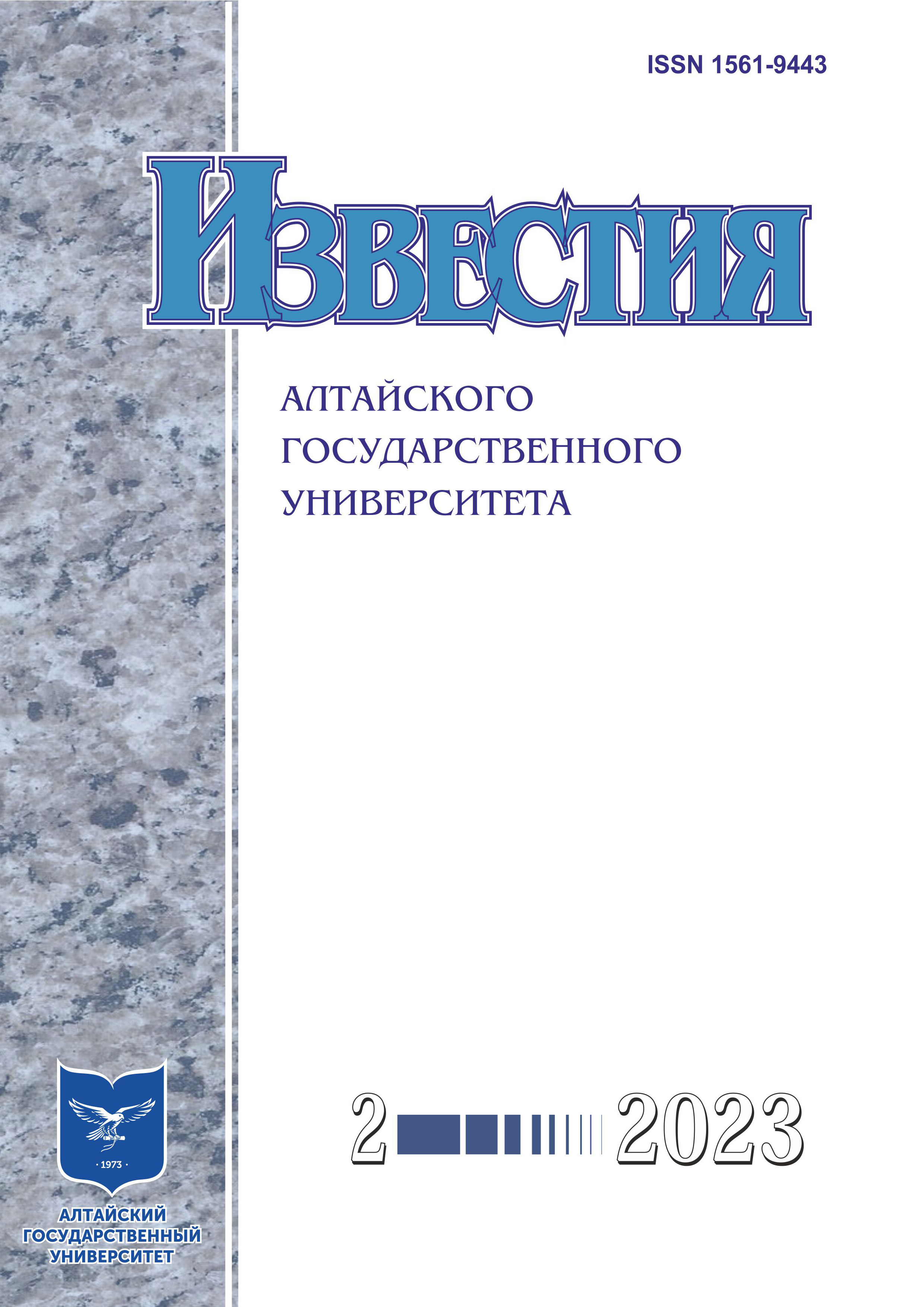Problems of Mine Construction and Mechanization of Coal Mining in the Kemerovo Mine during the First Five-Year Plan
УДК 94(571.17).08+314 ББК 63.3 (2Рос-4Кем)5+60.7
Abstract
The problems ofmine construction and mechanization of technological processes at the Kemerovo mine are considered - one of the main ways to increase the volume of coal production provided for by the plans of the the first five-year plan. During 1928-1932 it was planned to build six large mines there. There is an unsatisfactory provision of their construction in the required amount of financial and material resources, without preliminary accounting for the state of the soils, careful geological exploration of reserves. The facilities construction was carried out in a artisanal way without machines and mechanisms, without observing safety precautions. Based on the situation, production problems, including poor organization of labor, were not solved quickly enough in the current regime.
With an improvement in the level of mechanization of underground work and the commissioning of the mine "Pioneer" in the last year of the five-year period at the mine significantly (by 135%) the volume of coal production increased. The factor holding it back was still the problem of the lack of mechanization in many labor-intensive jobs, both on the surface and in underground mines, as well as the general unsatisfactory level of qualification of miners.
Downloads
Metrics
References
История Кузбасса. Ч. III. Кемерово / отв. ред. 3. Заболотская К.А. Угольная промышленность СибиА.П. Окладников. Кемерово, 1970. ри (конец 1890-1990-х гг.). Кемерово, 1995.
Кузбасс. Прошлое, настоящее, будущее. Издание второе, переработанное. Кемерово, 1978.
Леухова М.Г. Становление второй угольной базы на востоке страны. 1928-1937 гг. : дис. ... канд ист. наук. Кемерово, 2000.
Кемеровский рудник. 100 лет перемен. Кемерово, 2008.
Угольная промышленность Кузбасса. 1971-1996. Кемерово, 1997.
Угольный Кемерово. 100 лет / под ред. Н.Н. Маньшина и др. Кемерово, 2017.
Балибалов И.А. Кемерово. Кемерово, 1962.
Волченко А.В. Промышленное развитие Кузбасса в 1926-1940 годах // Из истории рабочего класса в Кузбассе (1917-1965) : материалы научной конференции. Кемерово, 1966. Вып. II.
История индустриализации Западной Сибири (1926-1941 гг.) / глав. ред. А.С. Московский. Новосибирск, 1967.
ГАК (Государственный архив Кузбасса). Ф. П-15. Оп. 7. Д. 10.
Кузбасс. 1929. № 177. 7 авг.
ГАК. Ф. Р-18. Оп. 1. Д. 353.
ГАК. Ф. П-1337. Оп. 2. Д. 26.
Кузбасс. 1937. № 63. 6 апр.
ГАК. Ф. П-15. Оп. 6. Д. 74.
Кузбасс. 1928. № 170. 24 июля.
ГАК. Ф. П-8. Оп. 1. Д. 283.
Кузбасс. 1933. № 1. 1 янв.
ГАК. Ф. Р-6. Оп. 2. Д. 2.
Copyright (c) 2023 Николай Михайлович Морозов

This work is licensed under a Creative Commons Attribution 4.0 International License.
Izvestiya of Altai State University is a golden publisher, as we allow self-archiving, but most importantly we are fully transparent about your rights.
Authors may present and discuss their findings ahead of publication: at biological or scientific conferences, on preprint servers, in public databases, and in blogs, wikis, tweets, and other informal communication channels.
Izvestiya of Altai State University allows authors to deposit manuscripts (currently under review or those for intended submission to Izvestiya of Altai State University) in non-commercial, pre-print servers such as ArXiv.
Authors who publish with this journal agree to the following terms:
- Authors retain copyright and grant the journal right of first publication with the work simultaneously licensed under a Creative Commons Attribution License (CC BY 4.0) that allows others to share the work with an acknowledgement of the work's authorship and initial publication in this journal.
- Authors are able to enter into separate, additional contractual arrangements for the non-exclusive distribution of the journal's published version of the work (e.g., post it to an institutional repository or publish it in a book), with an acknowledgement of its initial publication in this journal.
- Authors are permitted and encouraged to post their work online (e.g., in institutional repositories or on their website) prior to and during the submission process, as it can lead to productive exchanges, as well as earlier and greater citation of published work (See The Effect of Open Access).








